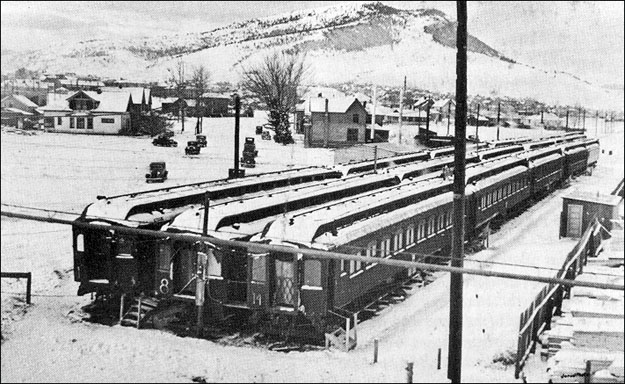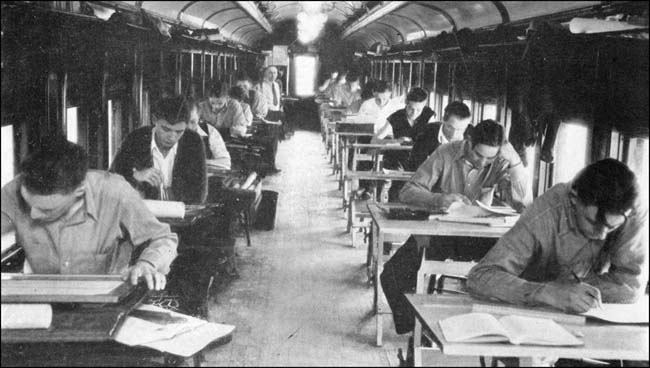|
Helena High School from 1935-1938

An October to remember . . .
Starting in early October of 1935, Helena experienced a series of earthquakes that persisted for several months. In fact from October 3, 1935 to June 30, 1936 there were only two days when Helena did not have an earthquake. A magnitude 5.0 quake occurred on October 12, and then on October 18 the city was rocked by the biggest quake, one measuring 6.3 on the Richter scale. Helena had just finished building a new high school, which was dedicated on September 21. The school was damaged by the October 12 quake, and then severely damaged by a magnitude 6.3 earthquake that took place on the evening of October 18. Fortunately a group of students who were working with the drama teacher earlier in the evening had been dismissed before the quake. A large portion of the building collapsed when the third big quake of the month, a magnitude 6.0 aftershock, struck on October 31. The school hadn't been designed to withstand an earthquake because authorities had not recognized that the area is prone to quakes. Now all city and public buildings must be built to "seismic zone 3 codes". The only higher standard is the zone 4 code, which is for structures along California's San Andreas Fault.
I've been schooling on the railroad . . .
Although no one was harmed in the school, the October quakes did kill four people in other parts of town and caused an estimated $4 million in damage. More than 60% of the structures in town, including 3,000 homes, were either damaged or destroyed. Because the high school could not be used, Northern Pacific Railway officials offered the passenger coach cars shown in the photo to be used for temporary classrooms. Students attended classes here until late 1937 and early 1938.
Like a rock . . .
Interestingly Carroll College sustained very little damage as a result of the seismic activity. The reason for this is that Carroll College is located in a part of town where granite bedrock underlies the soil. Throughout much of the Helena area the soil is underlain by many feet of loose sand and gravel, materials that tend to "liquefy" during an earthquake. When these sediments become like liquid, structures built on them are more likely to collapse. On the other hand, granite shakes much less, providing better support for the buildings above.
Below: This photo from the 1935-1936 Helena High School Yearbook (The Vigilante) provides a look inside one of the coach-car classrooms, showing a drafting class hard at work. Based on class photos from the school's yearbook, Helena Senior High had an enrollment of 700 to 800 students during the year of the earthquakes.
 Photo courtesy of The Vigilante 1935-1936
Terms: magnitude, seismic
|








